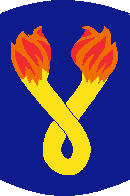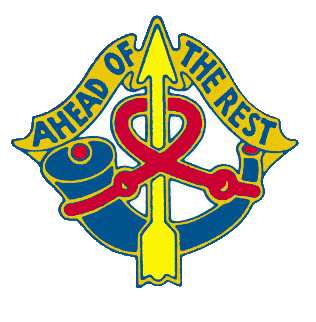


The 196th Infantry Brigade was first organized in 1921 as an element
of the Army Reserve's 98th Division. Its mission then was to train soldiers.
During World War II, the 98th Division arrived in Hawaii in April 1944,
and was given the mission of defending Kauai and Maui initially; later
it was made responsible for the defense of Oahu.
In May 1945, the division began intensive training in preparation for
its role in the invasion of Japan, but the war ended before the unit could
leave Hawaii. It went to Japan for occupation duty, where it was inactivated
in February 1946.
The 196th Light Infantry Brigade was raised again at Fort Devens, MA
in September 1965 and originally scheduled to be sent to the Dominican
Republic in mid-1966, but was rushed to Vietnam instead and posted in
the western portion of the III Corps Tactical Zone. It initiated Operation
Attleboro into War Zone C of Tay Ninh Province, which developed into a
major action after a large enemy base camp was uncovered, 19 October 1966.
In April 1967 the brigade was selected, along with the 1st Brigade, 101st
Airborne Division and the 3rd Brigade, 25th Infantry Division, to form
a provisional division-sized unit called Task Force OREGON and moved to
the I Corps Tactical Zone. The brigade stayed with this command, which
was converted into the 23d Infantry Division (AMERICAL) 25 September 1967.
The 196th Light Infantry Brigade officially joined this division, 15 February
1969. It operated throughout northern Vietnam, and after the division
closed out of Vietnam, 29 November 1971, the 196th Light Infantry Brigade
was reconstituted as a separate (provisional) brigade-sized element to
safeguard the same area of operations.
In April 1971 the brigade was relocated to Da Nang for major port security
duties. It finally departed Vietnam as the last U.S. Army combat brigade
to leave in Increment XII of the U.S. Army withdrawal.
The 196th was reactivated 26 May 1998 during a ceremony
at Ft. Shafter, Hawaii. The new 196th works with Reserve Component units
in Hawaii, Alaska, Guam, American Samoa, and Japan, to assist these units
in staying trained and ready at all times.